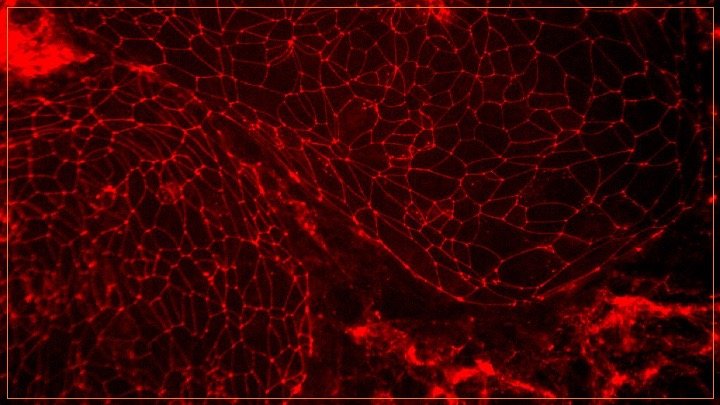
We model brain vascular pathologies across cognitive health-span
With a commitment to discovery of impactful treatments for dementia-causing diseases, we use clinical insights to design laboratory experiments that uncover molecular connections between brain vascular disease with brain degeneration.
Our vision and mission is to put an end to dementia
With recent technological advancements, we are shifting from clinical descriptions of dementia toward understanding of molecular underpinnings of early disease—opening the door to game-changing treatments.
Our team works on biomarker discovery for development of treatments against dementia. We are especially focused on blood molecular biomarkers for vascular causes of dementia and identification of druggable targets for impactful clinical trials.

How we approach discovery—multi-modal modeling
To get to treatments, new approaches to discovery are needed. Our team operates at the juncture of preclinical and clinical research to understand dysfunction of brain barriers (vasculature) in dementia-causing diseases. We measure molecular vascular contributions to cognitive impairment and dementia (VCID) in living humans. We use brain tissue, blood, CSF, all sorts of imaging, clinical phenotypes, and advanced data analytics to identify molecular drivers of disease and develop biomarkers for early detection and drug discovery.
Disease proteomic signatures in blood project—detect early to save brain
We measure molecules in fluid biological samples and brain tissue for detection of disease signatures and development of non-invasive biomarkers of VCID across the brain’s lifespan and across neurodegenerative disease phenotypes. Combining clinical signs and symptoms with molecular indices of disease is needed for early detection and treatment of pathology before irreversible damage and dementia.

CADASIL-centered modeling project of vascular brain dysfunction
The goal of this project is to build the best in vitro model of vascular degenerative brain disease for mechanistic understanding and drug screening. We combine clinical data with molecular measures to identify clinically-relevant molecular abnormalities. We then use experimental models built from patient-derived stem cells to test mechanistic relationships of molecular abnormalities. This approach provides novel diagnostic molecular biomarkers that could be implemented in clinical trials and builds a platform for personalized medicine and drug screening to identify impactful treatments.

Liquid biopsy of abnormal brain barriers and dysfunctional neurovascular unit project
We are dissecting vascular contributions to brain degeneration down to cellular and molecular effects by using extracellular vesicles as a liquid biopsy approach. Cell-specific EV molecular quantifications represent a novel approach to biomarker quantification with greater cellular specificity. We are currently performing proteomics and other molecular omics quantifications from vascular cell-derived EVs for discovery of VCID-associated molecular signatures. In parallel we are working on improving the ease of cell-specific EV isolation, with emphasis on technical reliability. Here our goal is to turn discoveries into reliable biomarkers by developing isolation approaches that do not require technical expertise and can be used by all.
Dysregulated angiogenesis in dementia project—a story of brain barriers and inflammation
In parallel to unbiased discovery projects, we are testing the relevance of druggable vascular targets, such as pathological angiogenesis, in brain degenerative diseases. Our models have shown that dysregulations in angiogenesis and blood-brain barrier dysfunction are correlated with slowed processing speed and executive dysfunction. We are improving these models these with the goal of identifying therapeutic opportunities. In addition, we are building in vitro experimental read-outs for these pathologies with the goal of identifying molecular interventions that could preserve brain health.
Defying genetic predetermination project—modeling resilience
By studying individuals who defy predictive models, we seek to uncover the molecular underpinnings of resilience that boost the brain’s ability to resist pathology and maintain function. We are especially focused on understanding resilience and resistance to mutations in NOTCH3 (CADASIL study) and super-agers who have defied the biggest risk for dementia—age!




